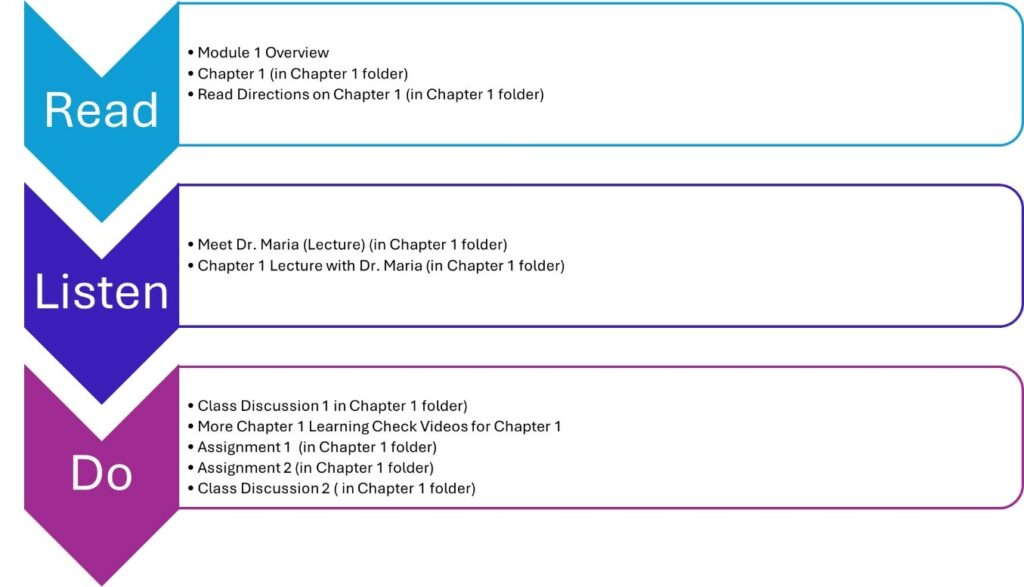Teaching community college students is indeed akin to nurturing a diverse garden. Each plant represents a unique student with their own set of life circumstances, strengths, and challenges. Just as a gardener must understand the specific needs of every plant to foster healthy growth, educators must delve into the intricate layers of their students’ experiences to create an effective learning environment.
Looking at societal barriers as an opportunity for student growth
Nontraditional students often arrive at community college with a rich tapestry of backgrounds. While some are buoyed by supportive life circumstances, others are weighed down by trauma or adversity. Many struggle with negative thinking, low self-esteem, or a lack of resources. Often, community college students are also the first in their family to go to college.
This complexity necessitates a holistic approach to teaching, one that transcends traditional methods of knowledge delivery. In my experience as a community college professor, I’ve come to appreciate that education is not merely about imparting information. It’s about cultivating an environment where students can overcome their barriers and blossom into their fullest potential.
Embracing neurodiversity in teaching and learning
The concept of neurodiversity further complicates this landscape. It underscores the importance of recognizing the varying cognitive styles and learning preferences that exist within a classroom. Embracing neurodiversity means acknowledging that each student processes information differently, learns at their own pace, and might require tailored strategies to thrive. Just as some plants flourish in sunlight while others thrive in shade, students each have their own approach to learning.
How do I address this in my course modules? I factor in what I would do in any classroom. I think about teaching the “whole person.” The “whole person” concept includes a variety of strategies geared towards the five senses: hearing, seeing, feeling, tasting, and touching. Engaging the five senses works by using specialized sensory organs and nerve receptors to take in information and process it through the executive function area of the brain.
Implementing neurodiverse teaching tips in the classroom
I would like to share a unique course outline that I designed to embrace the concept of neurodiversity teaching. The course design is chunked into modules, a basic outline used by online learning professors. However, the key difference is how the modules are built to cater to diverse learning and processing. Here are two teaching strategies I implement at the beginning of every module and class. These are geared towards SEEING as one of the five senses.
Teaching Strategy #1: Read, Listen, and Do
For visual learners, I provide my course overview using a visual chart. I simplify course directives into three blocks: Read, Listen, and Do. This simple pathway creates a visual steppingstone process for learners who get distracted or require a starting point with a narrow focus. These students will thrive in having this simple focus command. It helps narrow the big picture into a chunk of information they can process.
How the Read, Listen, Do strategy works:

Teaching Strategy #2: Friend Group
I developed a Friend Group to promote social connections among my students. The Friend Group initiative is an eight-minute, small group talk-time. Recognizing the challenges many students face — whether due to technology barriers, difficult home environments, or varying levels of confidence in communication — is a vital first step toward creating a supportive learning atmosphere.
How the Friend Group strategy works:
By implementing small group interactions, you provide a safe space where students can gradually build their comfort levels with both technology and interpersonal communication. Your allowance for the group to evolve naturally promotes a sense of ownership and community, which is essential for establishing trust and encouraging participation.
In just eight minutes, students can engage in meaningful conversations about class material and personal experiences. This not only enhances their learning skills but also builds camaraderie. It’s inspiring to see how this small, but impactful practice encourages them to interact and help one another. It creates a sense of belonging that is crucial in educational settings, especially in a virtual format. Such authentic peer interactions can lead to the formation of study groups and friendships, which further enrich their overall learning experience. It’s encouraging to know that students are sharing.
The Bongo effect
My next step is adding Bongo to my course shell. Bongo records discussion topics and provides immediate feedback to students in the Friend Group without my presence. Then, when the assignment is posted, they have gained a sense of understanding and can implement the improvement strategies.
What a great way to build confidence and critical thinking skills.
Written by Dr. Maria C. Rutherford, a Full Professor at Bluegrass Community and Technical College and Cengage Faculty Partner.
Interested in more neurodiverse teaching tips from Dr. Rutherford? Read “A Working Relationship with AI Technology, Cengage and Myself.”


